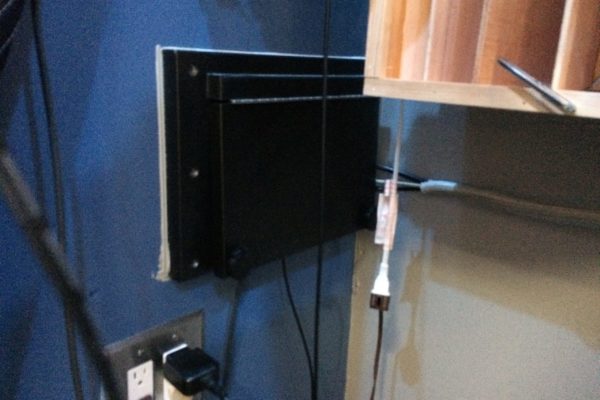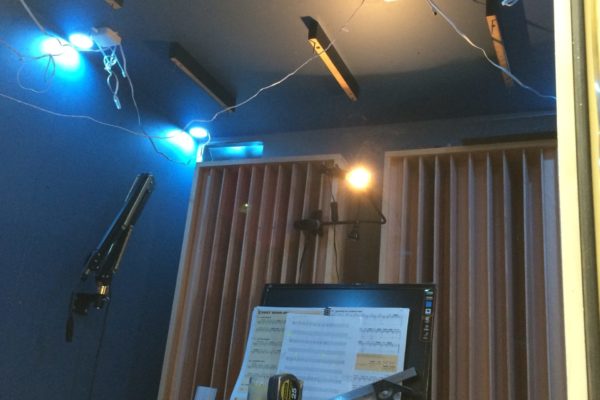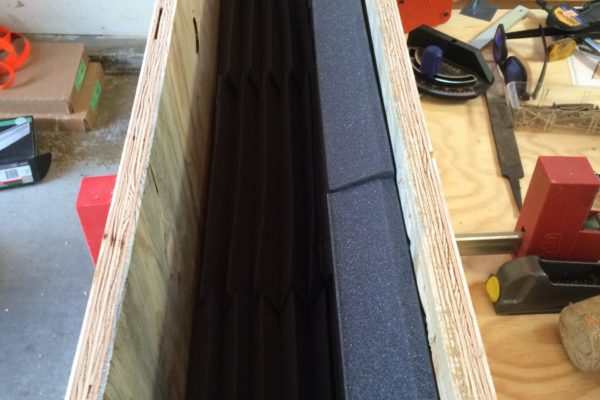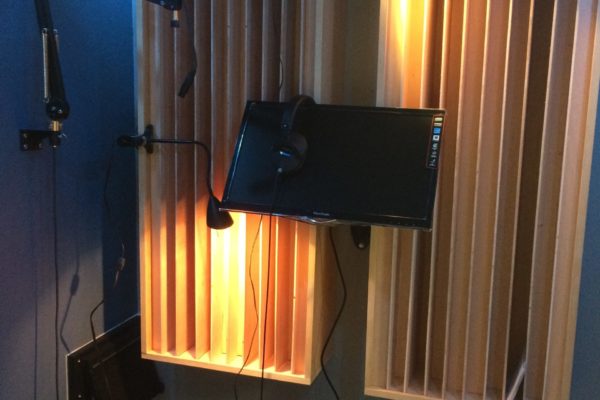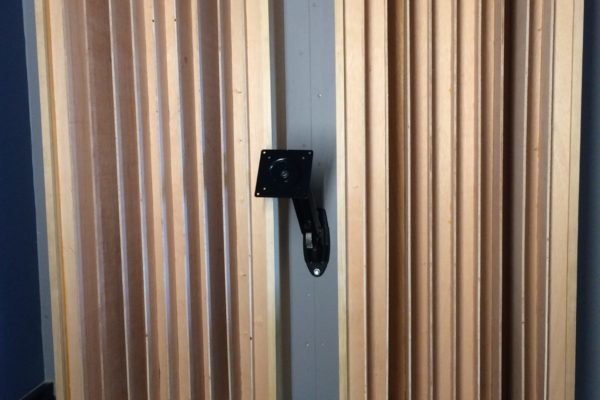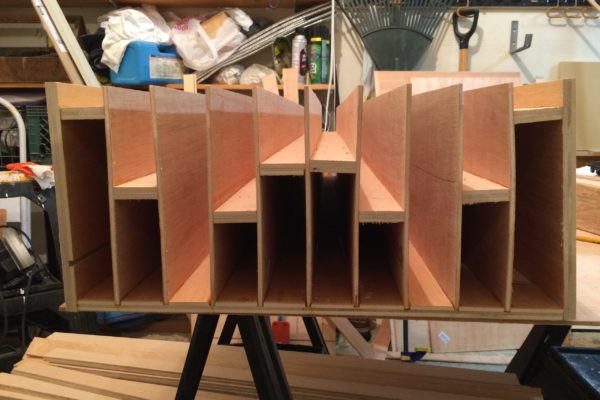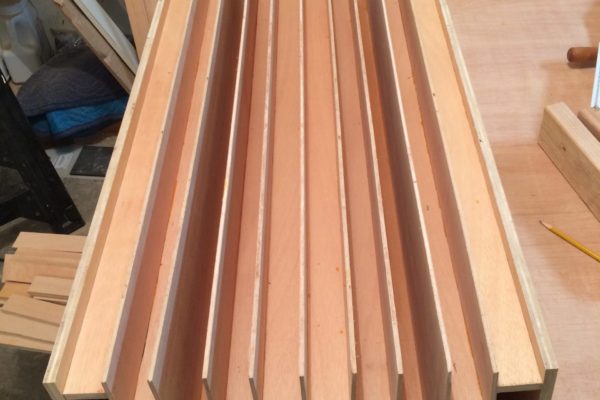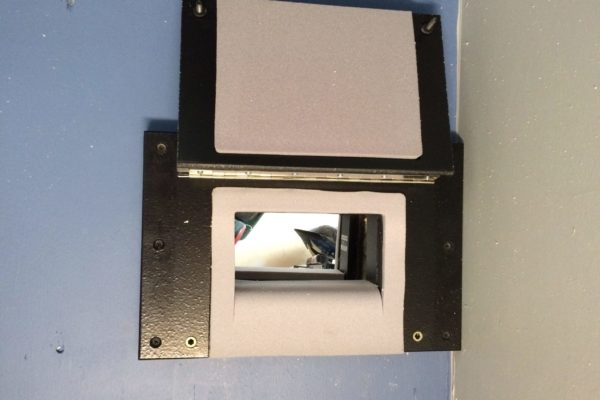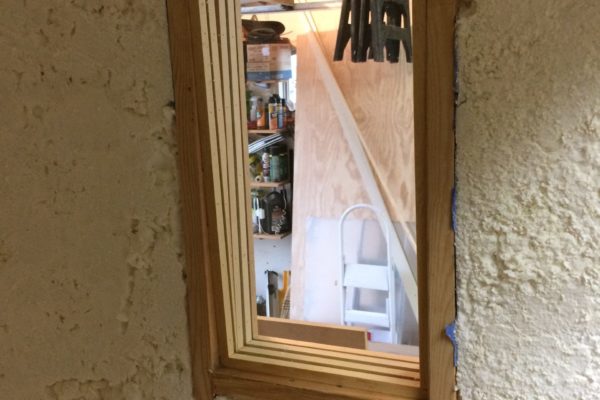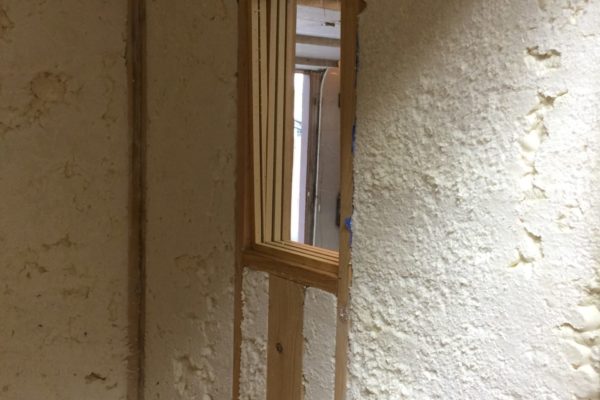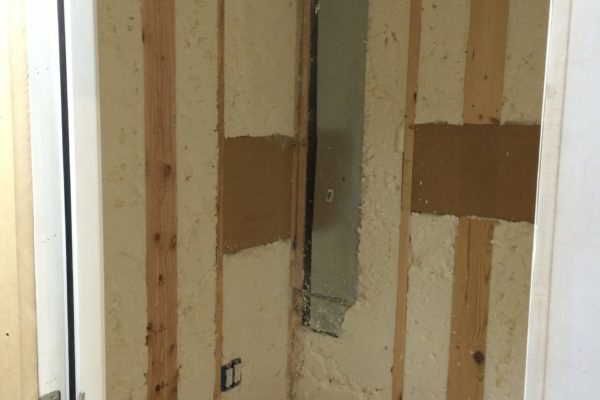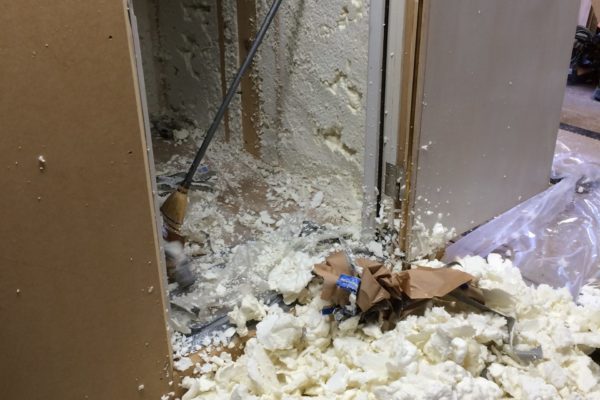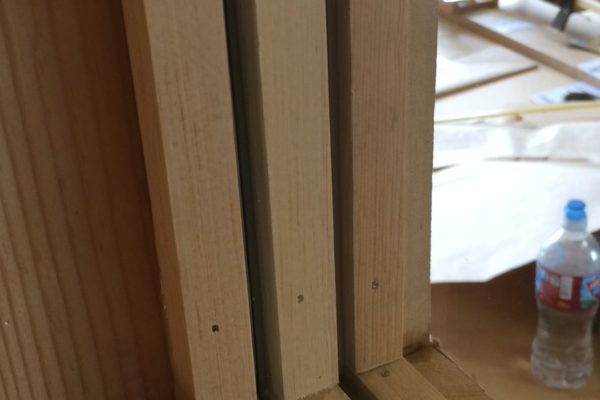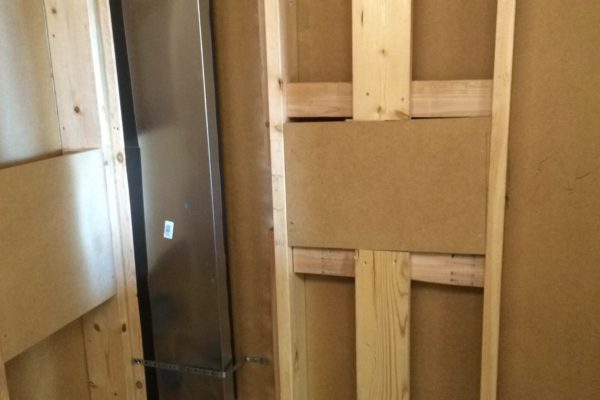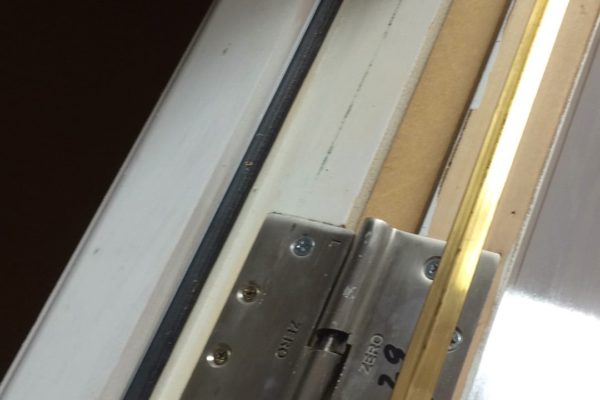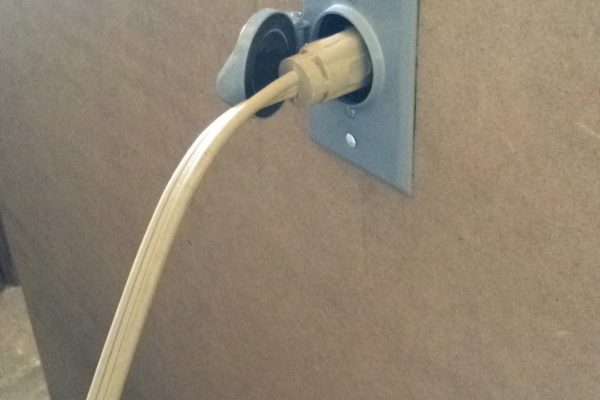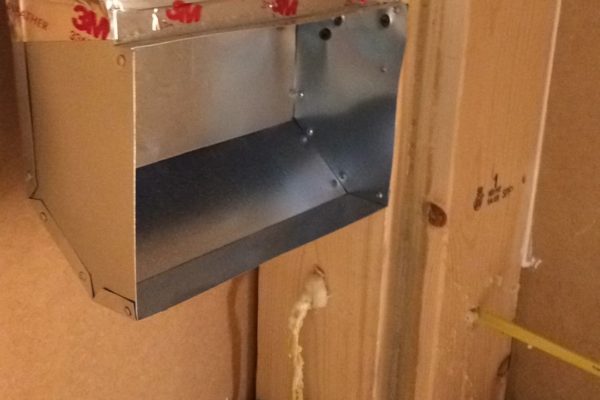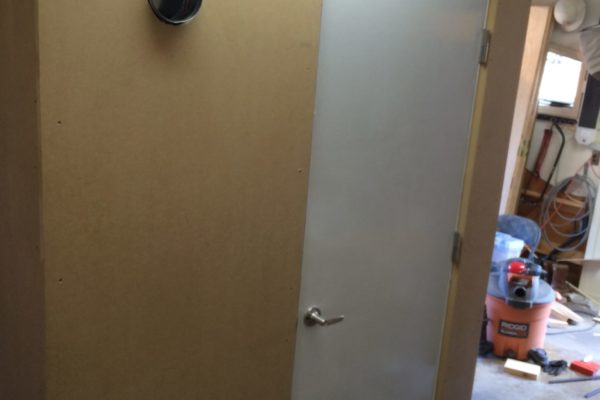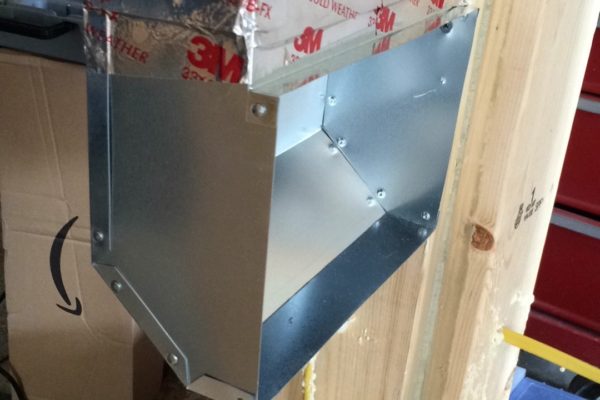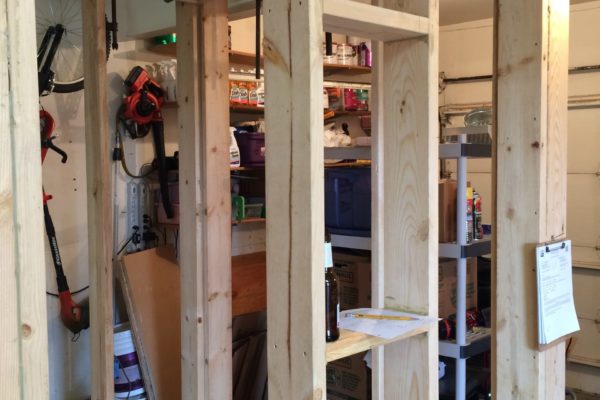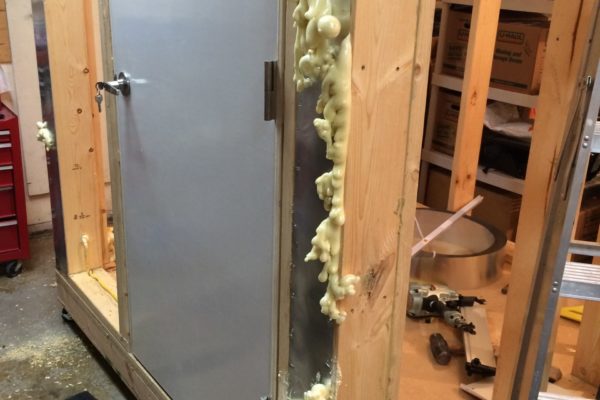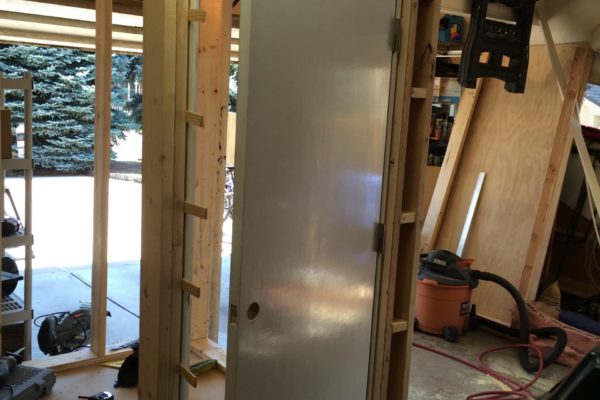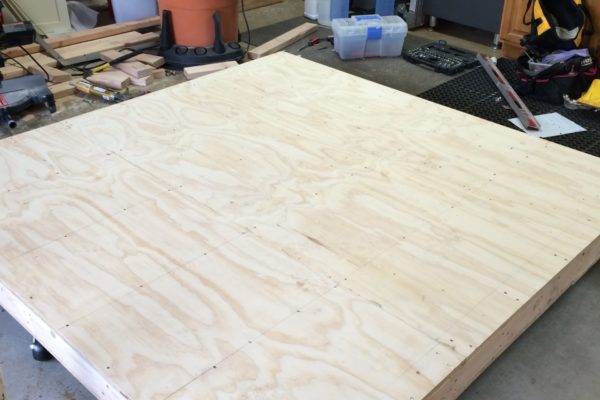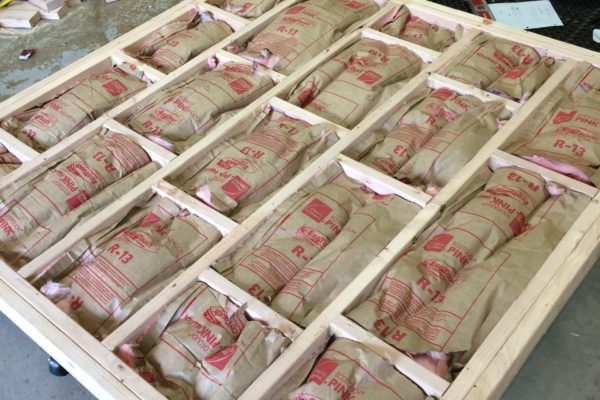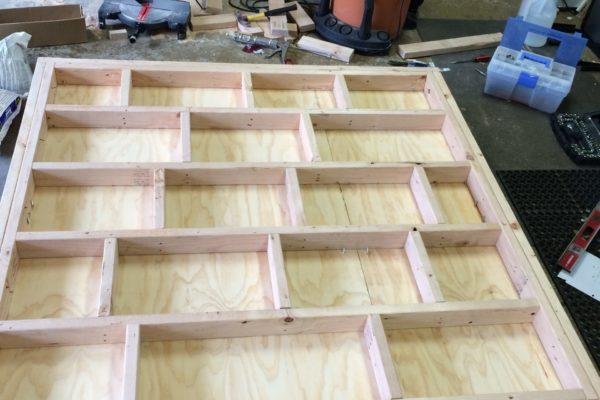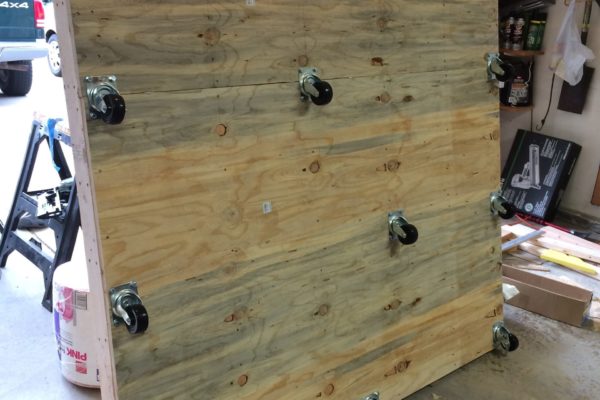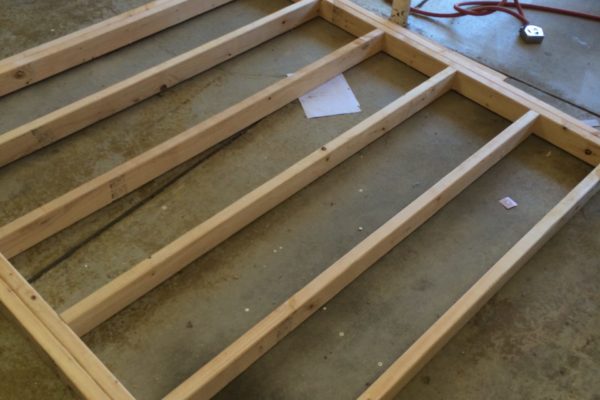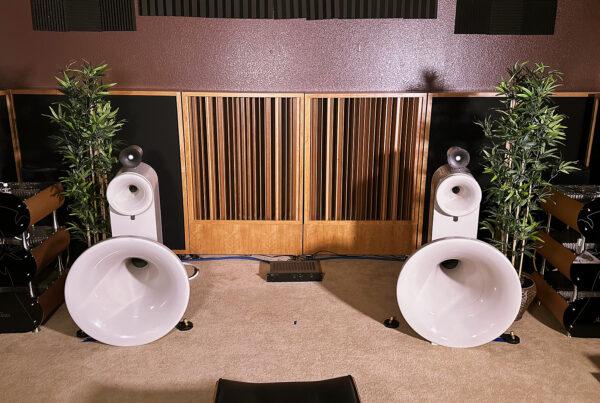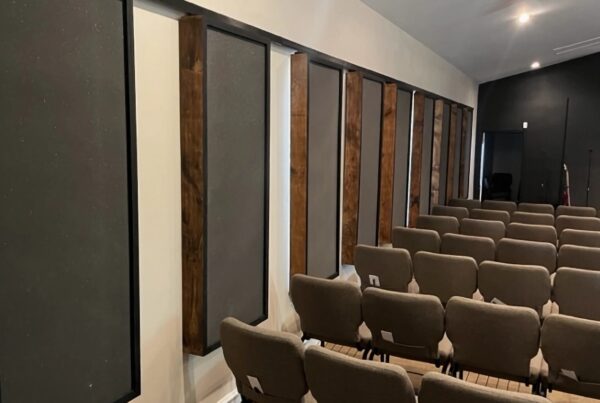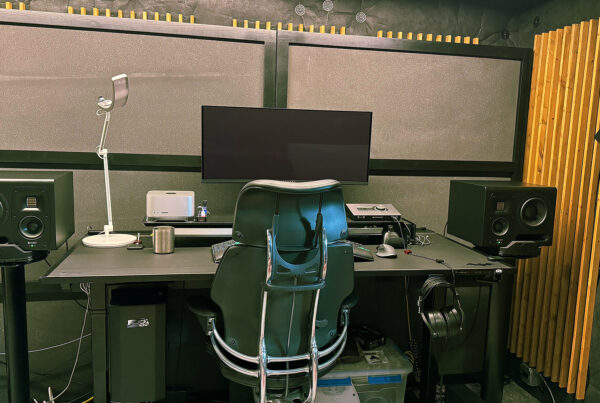Acoustic Design Project
Vocal Booth Acoustics
By Stephen Bowlby & Dennis Foley
Vocal Booth
Vocal rooms are about voice and noise. It can be the spoken word or the sound of singing. It can be one singer or a choir. It can be one voice or a conversation with multiple sources. Both usages must be designed for within the room. Noise is noise no matter what the room usage. External noise sources must be measured and then the appropriate barrier constructed to isolate from all frequencies and their corresponding amplitudes or strengths.
It’s All About The Vocals
There is no “one size fits all” in room acoustics – contrary to what the literature tells us. Each and every voice and noise issue is different. If you are speaking, words must have definition and separation. All vowels that are spoken must sound differently than the consonants. Dialect must be represented in the tonal and timbre balanced structure of the room first and then the recording. There must be speech intelligibility. If you are singing, the fundamentals and harmonics must be separated but joined. There must be a continuity to phrasing and flow in the singing presentation. There must be clarity of sonic structure to further emotional connection.
Our emotional connection to the spoken word and to the musical language of song, must be revealed with a low noise floor in our room. This is achieved by building the correct barrier. All externally generated noise must remain external to the voice room. The correct barrier in thickness, material density. and construction methodology is determined by the frequency and amplitude of the noise we must guard against inside the room. Only measurements over time give you this. The ambient noise levels provide the blueprint to the structure design. You want to use enough material but not too much. Finding the correct balance in our wall structure is the result of years of experience and numerous measurements.
Vocal Booth Demonstration
In this demo you can hear the extraordinary sound quality of Stephen Bowlbys vocal booth. Notice the definition and clarity of his voice throughout the recording.
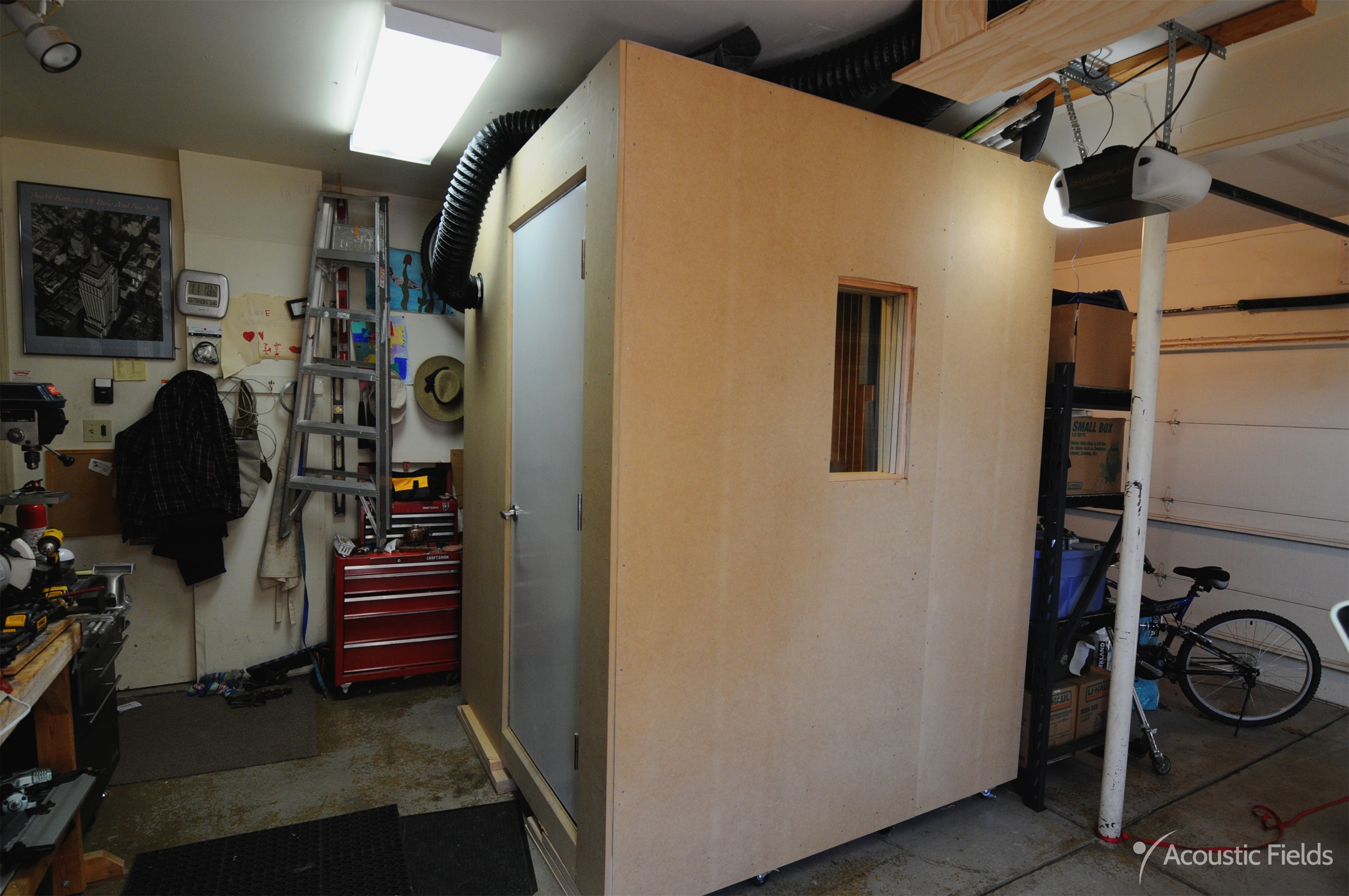
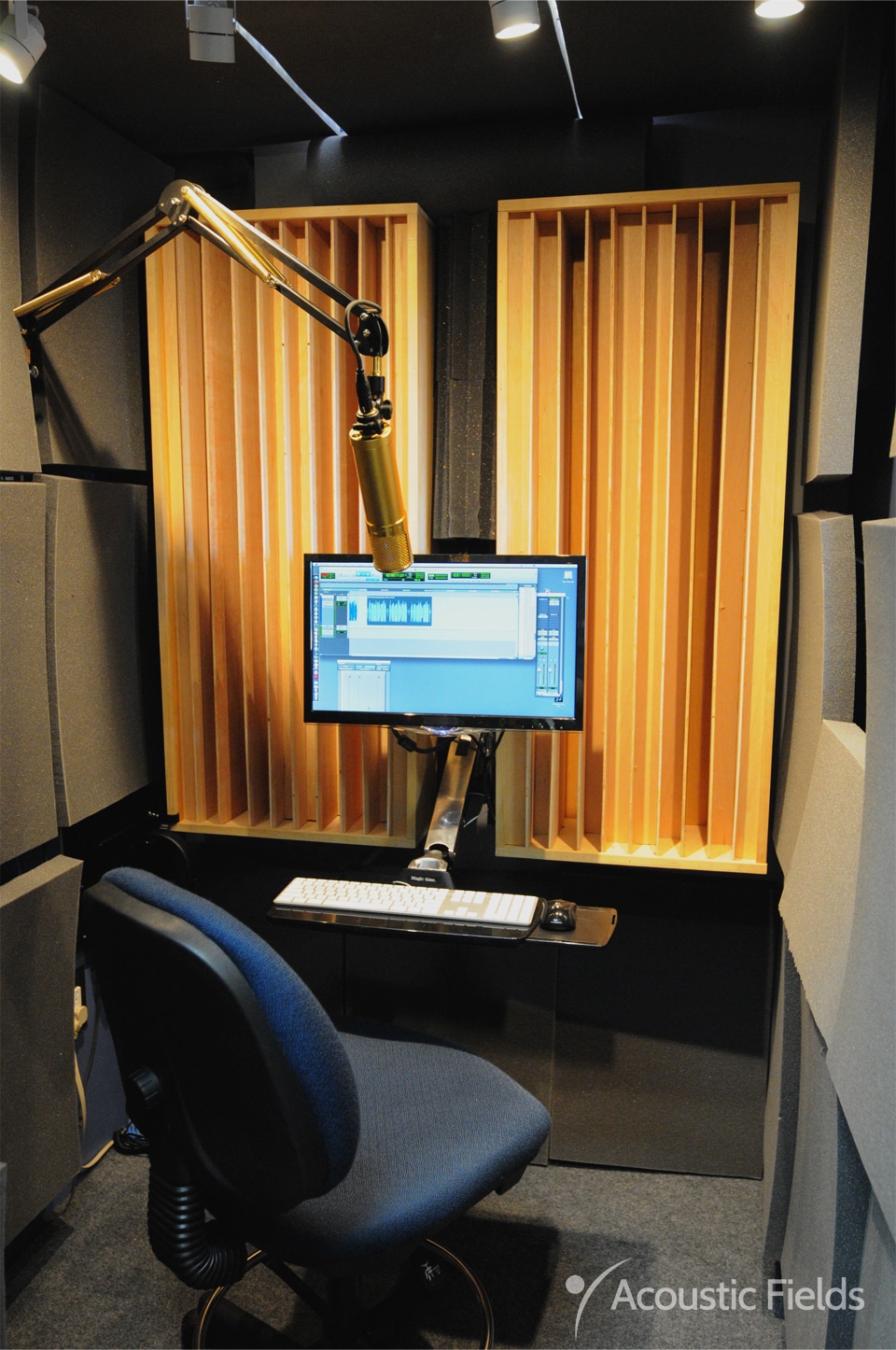
More Definition,
Less Noise
All emotional connection to content and text is in the voice which must be treated with respect and a knowledge of how sound behaves within a small room. There is no room for guessing with voice. There is no room for guessing with the emotional connection we need to hear and understand in voice. You must choose the proper balance between and using both absorption and diffusion together to create the correct sonic presentation in your recordings.
Proper rates and levels of absorption materials must match the room size, volume, and pressure within the room. There is a treatment difference even between standing and sitting. Different sound fields must be addressed. There must be a goal of definition through proper rates and levels of absorption. Not all rates and levels will work.
DIY Project Gallery
Crystal Clear Recordings
There must be a corresponding balance in the use of diffusion to bring that absorption treated definition back into the air born reality of real spoken voice and sung music. All goals and objectives must translate to the recording. Stephen’s room is all about voice. Voice that must be heard using every vowel and consonant. Voice that must subscribe to the highest definition of resolution.
There can be no doubt in the recorded source of each and every nuance of each and every sound. There must be resolution to support articulation. This was all achieved using the correct room size, volume, and barrier along with the proper rates and levels of absorption. Diffusion then takes all of this definition and brings us closer to it. Don’t take my word for it. Listen for yourself.
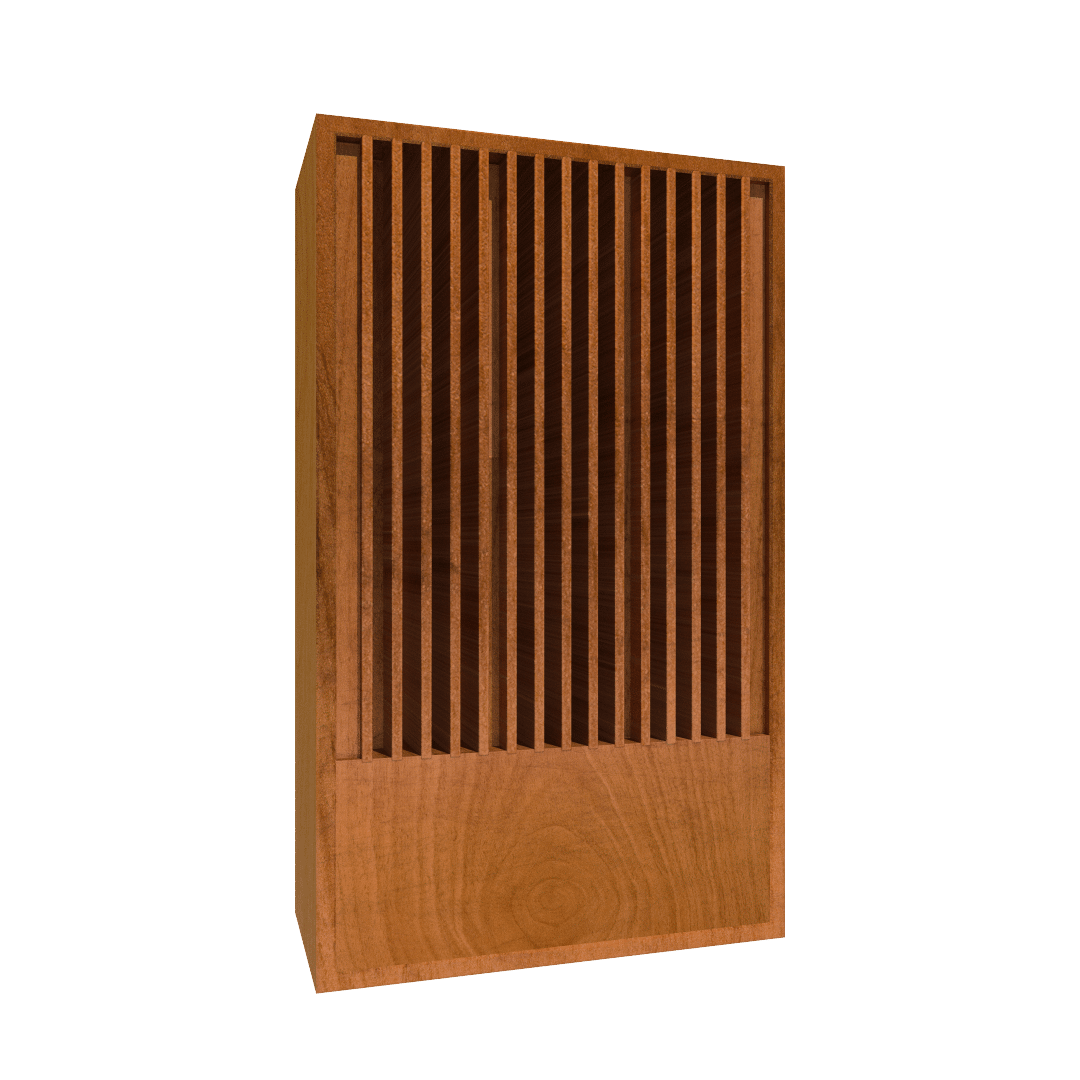
DIY Sound Diffuser QD-17
The DIY Sound Diffuser Plans for the QD – 17 Quadratic Diffuser are based on the prime number 17 and ensure you can hear more of your music than you ever thought possible.A fully built QD – 17 diffuses energy starting at 225 Hz. and goes all the way through 3,450 Hz.
The plans include an actual DIY acoustic diffuser unit build out by a professional carpenter with each step in the build out photographed to match with the step by step assembly instructions. There is a tool list, material list, and cut sheet included with each build drawing. You can use any wood choice or finish to compliment your existing room decor.
A vertically positioned diffuser diffuses sound in a horizontal pattern. A horizontally positioned diffuser spreads sound energy out in a vertical array of energy. They are essential components of your room if you want to truly connect with your music, and with the DIY sound diffuser plans you get to build both!
Do you want to solve your room acoustic problems?
There’s no one size fits all when it comes to room acoustics.
Get your FREE personal room acoustics analysis by chief acoustics engineer Dennis Foley.


